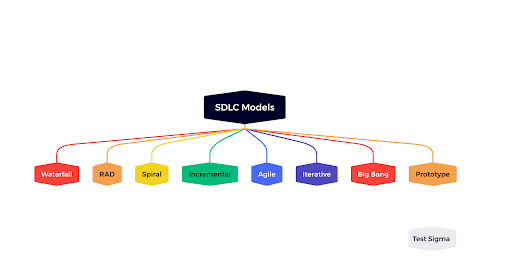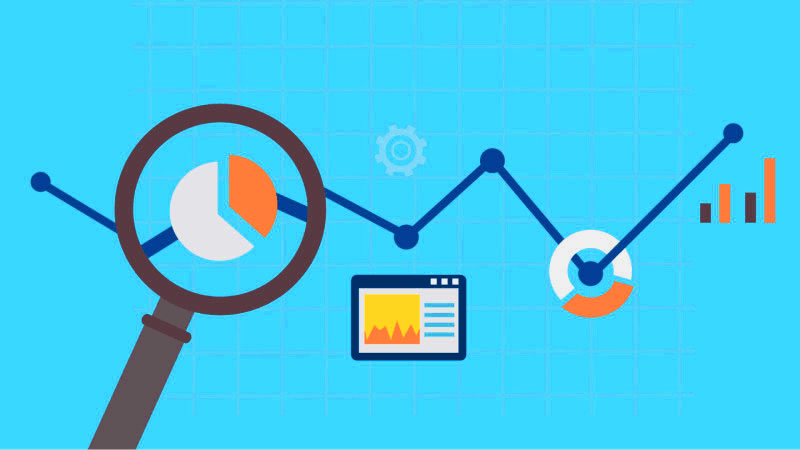
Augmented reality is the integration of digital information with the user’s environment in real time. Unlike VR (Virtual Reality), which creates a totally artificial environment, augmented reality uses the existing environment and overlays new information on top of it.
Boeing researcher Thomas Caudell gives the term augmented reality in 1990, to describe how the head-mounted displays that electrician used during assembling of complicated wiring harnesses worked. One of the first commercial applications of AR technology was the yellow “first down” line that began appearing in televised football games sometime in 1998. Today, Google glass and heads-up displays in car windshields are perhaps the most well-known consumer AR products, but the technology is used in many industries including healthcare, public safety, gas and oil, tourism and marketing.
Augmented reality applications are written in special 3D programs that allows the developer to tie animation or contextual digital information in the computer program to an augmented reality “marker” in the real world. When a computing device’s AR app or browser plug-in receives digital information from a known marker, it begins to execute the marker’s code and layer the correct image or images.
Most businesses today are still in the “toy” phase with this technology. But over the next few years, employees will start bringing wearable to work, as they did with smartphones, and start using them for business purposes. But the coming change will be much bigger than that.” Companies will instinctively search for tools that increase the efficiency of their workers and maximize the effectiveness of their resources. Indeed, by 2020, I predict most people will use augmented-reality technology: sensors, head-up displays, even perceptual systems — the kind of computing that lets us control devices without even touching them, or allows software to adjust to movements captured by video cameras.
So what might an augmented workforce be like? Imagine having a service technician come to your house to fix your Refrigerator. He will point his head-up display at the refrigerator. A camera will capture the model number and then upload it to the corporate cloud. That will trigger a download of schematics and instructions, along with an overlaid virtual-reality view of the machine’s components on his display. Once the problem is diagnosed as a bad switch, the technician will upload a computer-aided design of the needed part to a 3-D printer in his truck. By the time he gets back to it, the part will be made and ready for installation.
Such tools make every worker sent on a service call an expert. That makes for more uniform service across the board, and it requires only one visit — there’s no need to go back, order a part and then return another day to install it. And with all the sensor data flowing in to the home office, a best-case routing algorithm will be able to discover which technicians have completed service calls and which is closest to the next one, allowing service teams to help more clients a day.
And finally, with a wealth of data to retrieve and analyze, a company can gain business insights it couldn’t before, enhancing service quality and profits and strengthening customer loyalty. For instance, in the refrigerator example, the company may quickly discover which refrigerator have the highest failure level and take appropriate action against it like issue a recall or send out technicians to do proactive maintenance.
Of course, getting there won’t be easy. Corporate infrastructure and systems will need to be upgraded for performance. So will network access and security, back-office applications like ERP, device management and cloud-based services. It will require beefed-up network bandwidth, more wireless connectivity options and an expanded ability to identify devices and allow access.
We’re in the age of technology, with new gadgets like voice- and vision-activated computing invading the market. We’ll see an explosion of augmented-reality technology projects coming in the next few years in medicine, public service, financial industries etc. And then there are the Internet-connected “things” we haven’t even seen yet and they’ll have a major impact on the way we work and the way companies do business. The time to start assembling the high-tech tools, connections and back-office systems for workers of the future is now.



